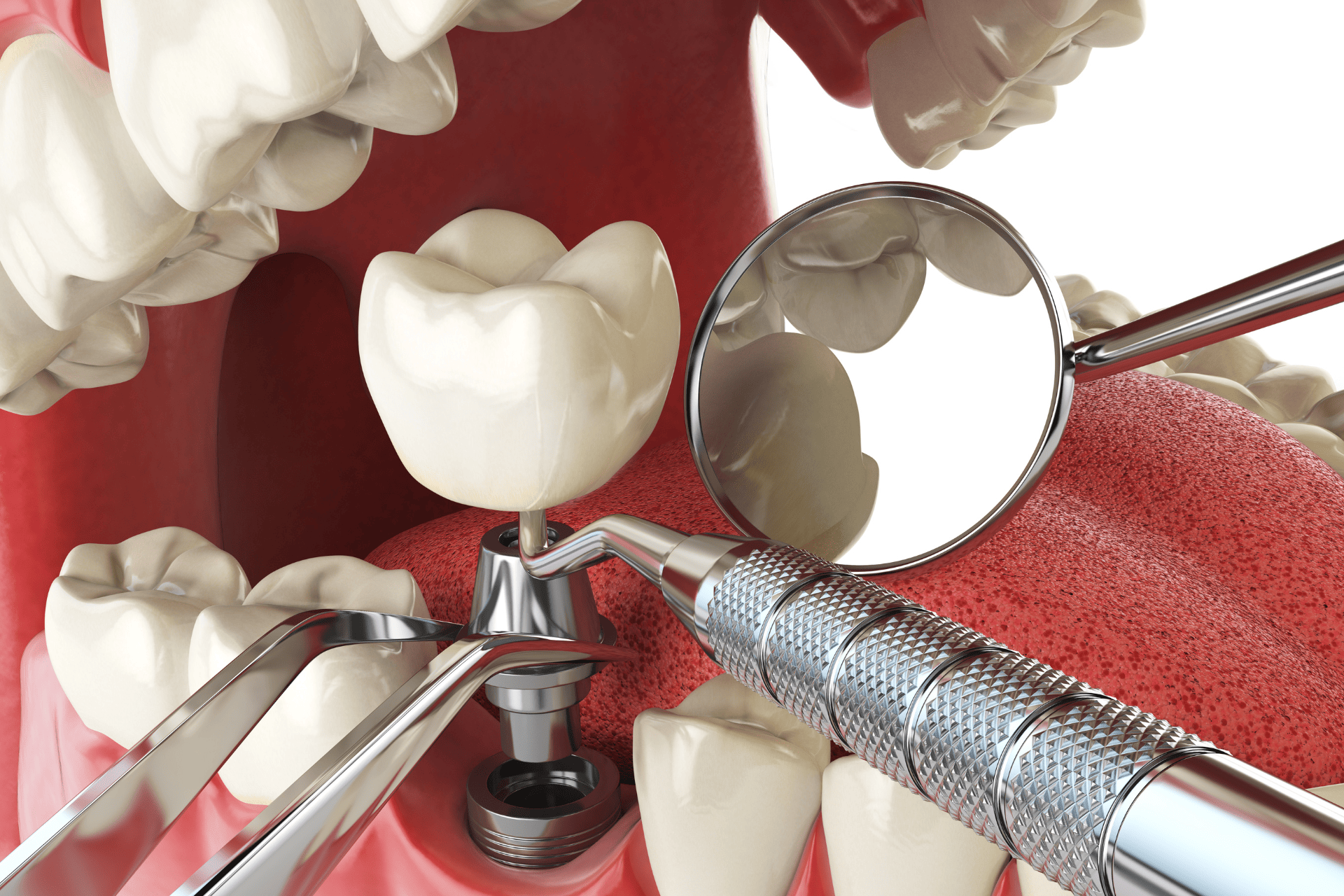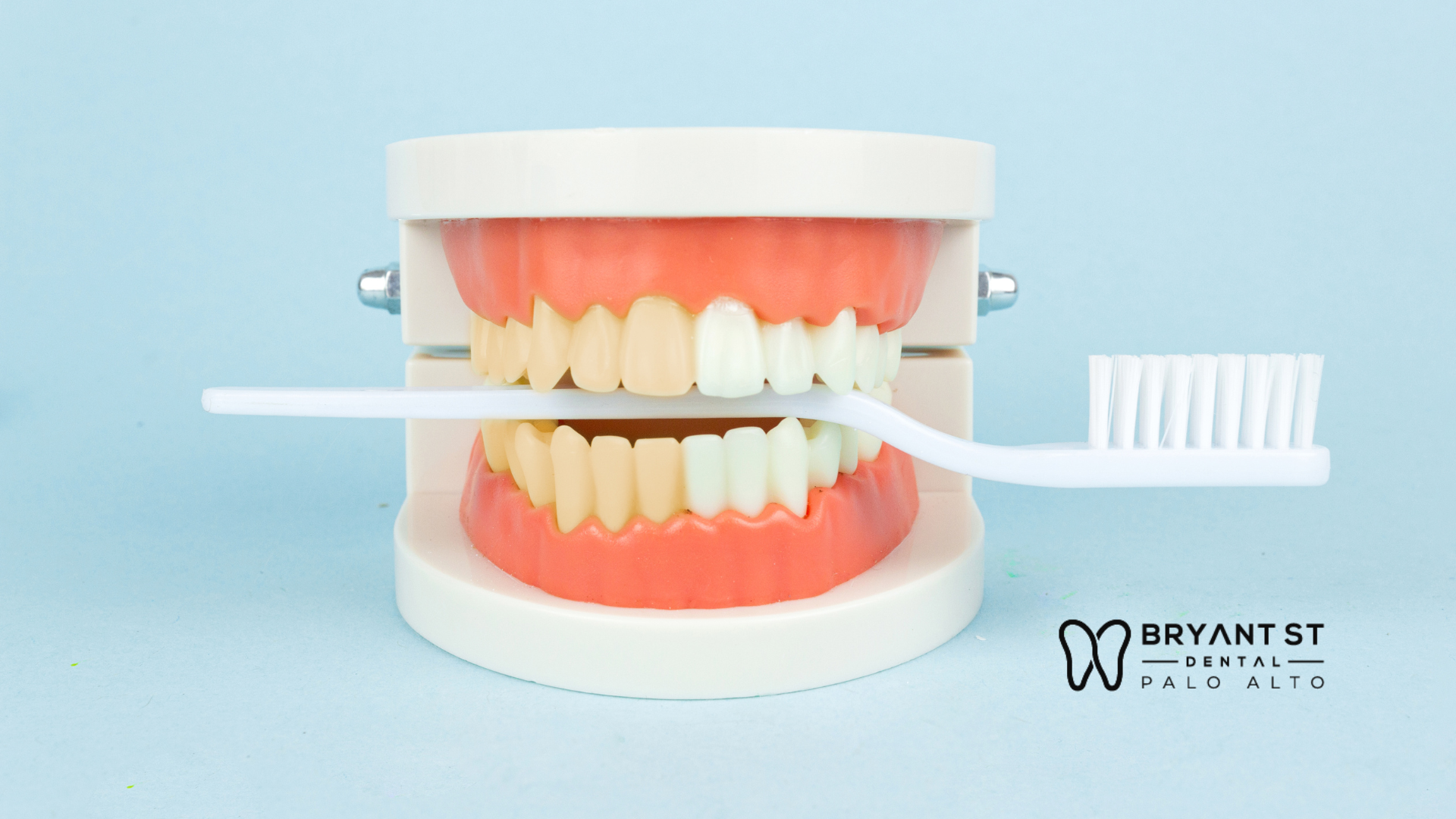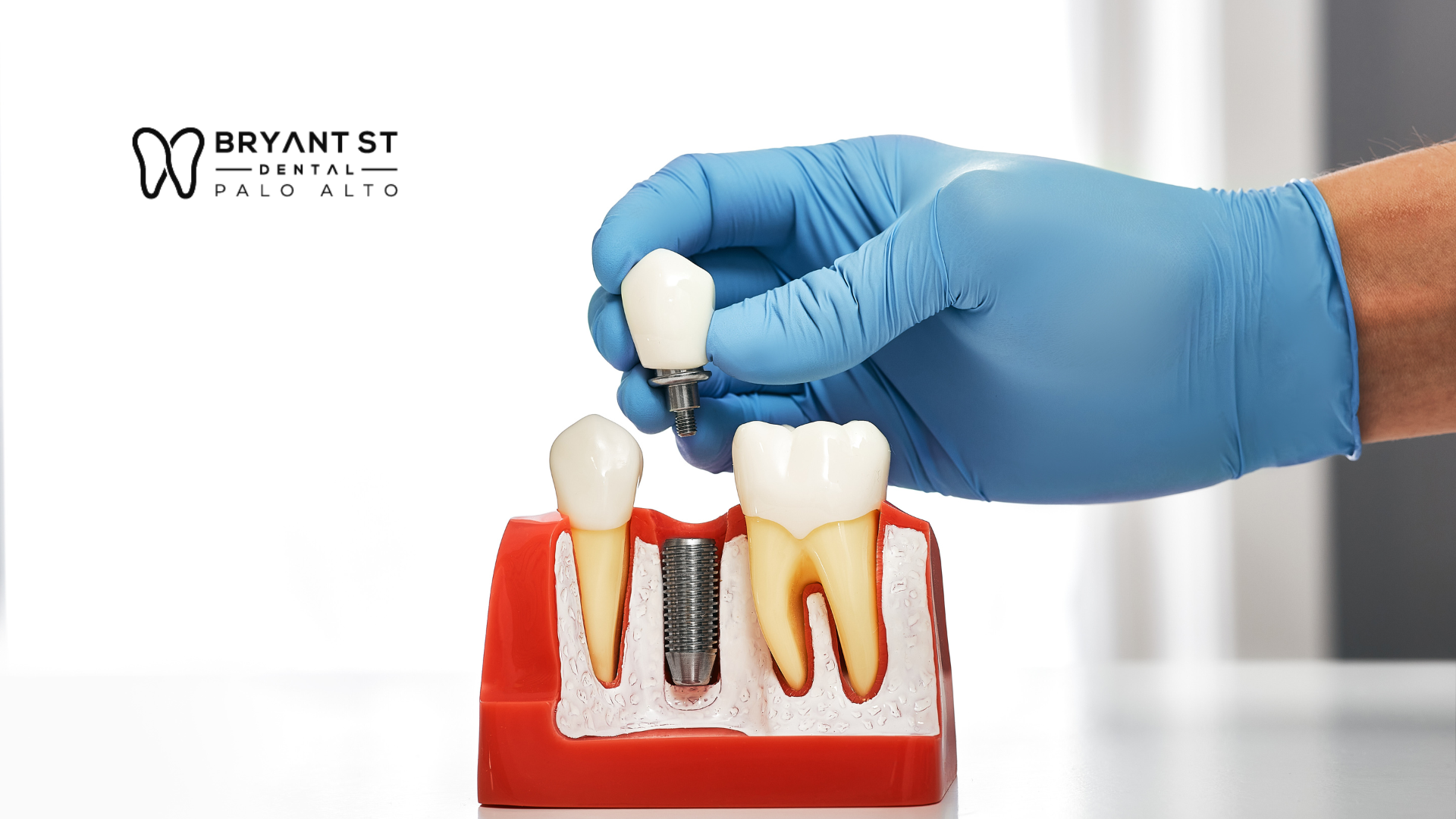Dental implants are a popular solution for replacing missing teeth. This article will provide an overview of the dental implant procedure, including the initial consultation, implant placement, healing and osseointegration, and placement of the dental crown. Understanding the process and timeline of a dental implant procedure can help patients make informed decisions about their dental health. Here are the key takeaways from this article:
Key Takeaways
- Dental implants are a long-lasting solution for replacing missing teeth.
- The dental implant procedure typically involves multiple stages, including the initial consultation, implant placement, healing and osseointegration, and placement of the dental crown.
- The duration of a dental implant procedure can vary depending on individual factors, but it generally takes several months to complete.
- Proper oral hygiene and regular dental visits are essential for the success and longevity of dental implants.
- Dental implants offer numerous benefits, including improved appearance, speech, and chewing ability.
Understanding Dental Implants
What are Dental Implants?
Dental implants are artificial tooth roots that are used to replace missing teeth. They are made of titanium and are surgically placed into the jawbone to provide a strong foundation for replacement teeth. Dental implants are a popular choice for tooth replacement because they look, feel, and function like natural teeth. They can also help prevent bone loss in the jaw and maintain the structure of the face. Bryant St. Dental offers dental implant procedures to restore smiles and improve oral health.
Benefits of Dental Implants
Dental implants offer numerous benefits for individuals who have lost one or more teeth. One of the key advantages is that dental implants provide a permanent solution for tooth loss. Unlike dentures or bridges, which may need to be replaced over time, dental implants are designed to last a lifetime with proper care.
Another benefit of dental implants is that they look and feel like natural teeth. The implant is securely anchored in the jawbone, which provides stability and prevents slippage or movement. This allows individuals to speak, eat, and smile with confidence, without worrying about their teeth shifting or falling out.
In addition, dental implants help to maintain the structure of the jawbone. When a tooth is lost, the underlying bone can begin to deteriorate over time. Dental implants stimulate the bone, preventing bone loss and preserving the facial structure.
Overall, dental implants offer a long-lasting, natural-looking solution for tooth loss, providing both functional and aesthetic benefits.
The Dental Implant Procedure
Initial Consultation
During the initial consultation for a dental implant procedure, your dentist at Bryant St. Dental will evaluate your oral health and determine if you are a suitable candidate for dental implants. This will involve a thorough examination of your teeth, gums, and jawbone. Your dentist may also take X-rays or CT scans to assess the condition of your jawbone and determine the best placement for the implants.
In addition to evaluating your oral health, your dentist will discuss your treatment goals and expectations. They will explain the dental implant procedure in detail, including the benefits, risks, and potential complications. They will also address any concerns or questions you may have.
During the initial consultation, your dentist will create a personalized treatment plan tailored to your specific needs. They will discuss the timeline of the procedure, including the number of appointments required and the estimated duration of each appointment. They will also provide you with an overview of the cost and payment options available.
It is important to be open and honest with your dentist during the initial consultation. This will help ensure that you receive the best possible care and achieve the desired outcome from your dental implant procedure.
Implant Placement
Once the initial consultation is complete and the treatment plan has been established, the next step in the dental implant procedure is the implant placement. This is where the dental implant, a small titanium post, is surgically inserted into the jawbone. The implant serves as the foundation for the replacement tooth or teeth.
During the implant placement, the dentist will make a small incision in the gum tissue to expose the jawbone. Then, a hole is carefully drilled into the bone where the implant will be placed. The implant is then inserted into the hole and secured in place. In some cases, a temporary crown or bridge may be placed on the implant while it heals.
It is important to choose a reputable dental clinic, such as Bryant St. Dental, for the implant placement procedure. Experienced dentists and oral surgeons will ensure that the implant is placed correctly and securely, minimizing the risk of complications and ensuring the best possible outcome for the patient.
Healing and Osseointegration
After the implant placement, the healing and osseointegration process begins. This is a crucial phase of the dental implant procedure as it allows the implant to fuse with the surrounding bone, creating a strong and stable foundation for the dental crown.
During the healing period, which typically lasts several months, the bone gradually grows and attaches to the implant surface. This process is called osseointegration and is essential for the long-term success of the dental implant.
To ensure successful osseointegration, it is important for patients to follow the post-operative care instructions provided by their dentist. This may include avoiding certain foods that can put excessive pressure on the implant site and practicing good oral hygiene.
Table: Post-Operative Care Instructions
| Do's | Don'ts |
|---|---|
| Follow a soft food diet | Avoid hard and sticky foods |
| Brush and floss regularly | Do not smoke or use tobacco products |
| Attend follow-up appointments | Avoid excessive physical activity |
Note: It is important to consult with your dentist for personalized post-operative care instructions.
Tip: Proper healing and osseointegration are crucial for the long-term success of your dental implant. Follow your dentist's instructions and take care of your oral health to ensure the best outcome.
Placement of the Dental Crown
After the healing and osseointegration process is complete, the final step in the dental implant procedure is the placement of the dental crown. The dental crown is custom-made to match the color, shape, and size of your natural teeth, ensuring a seamless and natural-looking result.
During this appointment, the dental crown is securely attached to the dental implant, completing the restoration process. The dentist will check the fit and bite of the crown to ensure optimal comfort and functionality.
It is important to maintain good oral hygiene after the placement of the dental crown. Regular brushing, flossing, and dental check-ups are essential to ensure the longevity of your dental implant.
If you experience any discomfort or issues with your dental implant or crown, it is important to contact Bryant St. Dental or your dentist for further evaluation and treatment.
Conclusion
In conclusion, dental implants are a highly effective solution for replacing missing teeth. The procedure involves several stages, including the initial consultation, implant placement, healing and osseointegration, and placement of the dental crown. While the duration of the entire process may vary depending on individual circumstances, it generally takes several months to complete. However, the long-term benefits of dental implants, such as improved oral health, enhanced aesthetics, and increased confidence, make it a worthwhile investment. If you are considering dental implants, consult with a qualified dentist to determine the best treatment plan for your specific needs.











